wild sea/wild west green granite
lmgch
9 years ago
Featured Answer
Comments (31)
lmgch
9 years agoRelated Professionals
Bethpage Kitchen & Bathroom Designers · Four Corners Kitchen & Bathroom Designers · Gainesville Kitchen & Bathroom Designers · Henderson Kitchen & Bathroom Designers · Southbridge Kitchen & Bathroom Designers · South Sioux City Kitchen & Bathroom Designers · Independence Kitchen & Bathroom Remodelers · Lomita Kitchen & Bathroom Remodelers · Rolling Hills Estates Kitchen & Bathroom Remodelers · Prairie Village Kitchen & Bathroom Remodelers · Beaumont Cabinets & Cabinetry · Lindenhurst Cabinets & Cabinetry · Palos Verdes Estates Cabinets & Cabinetry · Ridgefield Cabinets & Cabinetry · Beachwood Tile and Stone Contractorskarin_mt
9 years agozkgardner
9 years agokarin_mt
9 years agoandcamp
9 years agokarin_mt
9 years agoandcamp
9 years agokarin_mt
9 years agoandcamp
9 years agoandcamp
9 years agoandcamp
9 years agoandcamp
9 years agokarin_mt
9 years agoandcamp
9 years agoLisa Fass
8 years agoLisa Fass
8 years agoandcamp
8 years agoLisa Fass
8 years agoandcamp
8 years agoLisa Fass
8 years agoandcamp
8 years agotinker1121
8 years agoandcamp
8 years agoLisa Fass
8 years agotinker1121
8 years agolisafromvermont
8 years agolast modified: 8 years agokarin_mt
8 years agolisafromvermont
8 years agoandcamp
8 years agochisue
8 years agolast modified: 8 years ago
Related Stories
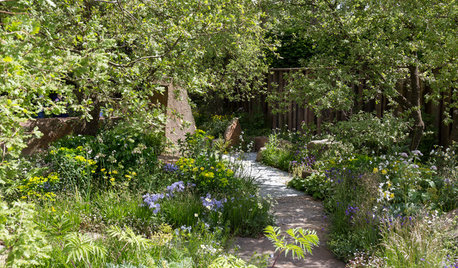
TASTEMAKERSWild Countryside Evoked in a Garden of Memories
For the Chelsea Flower Show, a designer taps into his experience of Exmoor, England, to create a garden that is powerfully personal
Full Story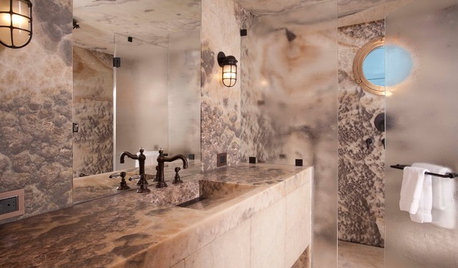
STONEGive In to Your Wild Side With Exotic Granite and Onyx
Go beyond the standard slab with these radiant and rare stones
Full Story
FUN HOUZZ31 True Tales of Remodeling Gone Wild
Drugs, sex, excess — the home design industry is rife with stories that will blow your mind, or at least leave you scratching your head
Full Story
GROUND COVERSGive Your Lawn a Taste of the Wild
Consider the joys of an irregularly trimmed meadow lawn: It’s ecofriendly, visually interesting and still good for romping
Full Story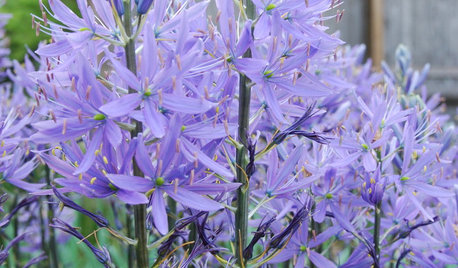
BULBSGreat Design Plant: Wild Hyacinth for a Bolt of Blue
Get knockout spring blooms on spiky stems by planting these bulbs before the ground freezes
Full Story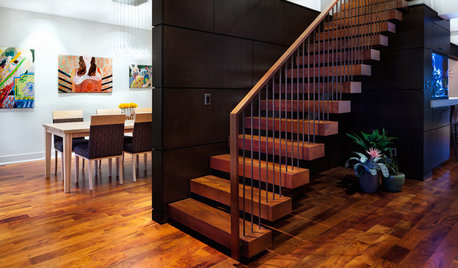
HOUZZ TOURSHouzz Tour: Wild for Wood in Central Texas
Mesquite, cherry and white oak harmonize beautifully in an Austin family's warm and modern home
Full Story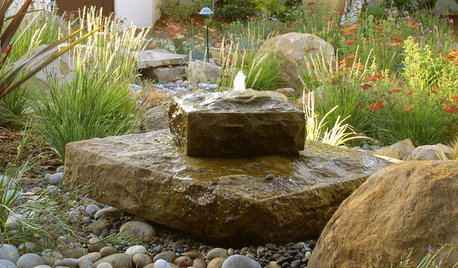
LANDSCAPE DESIGNThe Benefits of Wild Landscape Design
Wildness doesn’t have to mean disorder. Here are some things it brings to the garden and life
Full Story
NATIVE PLANTSGreat Design Plant: Wild Bergamot, Friend of Foragers
Nourish butterflies and other winged creatures with the tubular flowers of Monarda fistulosa, a pretty pink native
Full Story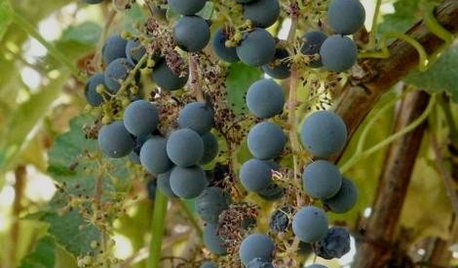
GARDENING GUIDESGreat Design Plant: Try California Wild Grape for Interest All Year
Sure, it’s stunning in fall. But the spring buds, summer grapes and gnarled winter vines are gorgeous too
Full Story
GARDENING FOR BIRDSWild Birds Transform a Woman’s Garden and Life
How Sharon Sorenson created a wildlife haven and became the Bird Lady of Southern Indiana
Full StoryMore Discussions






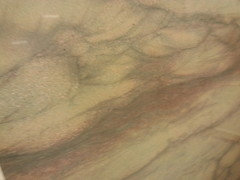

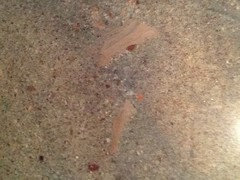

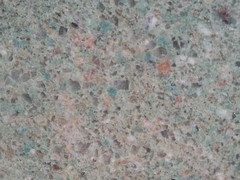
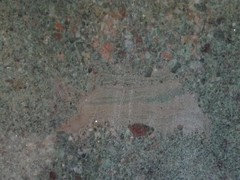
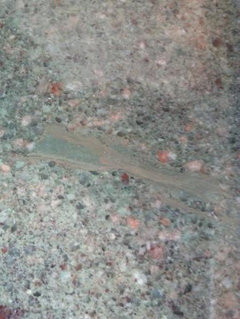
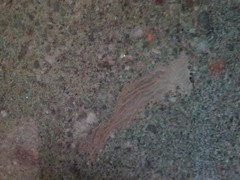




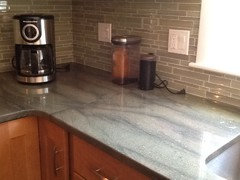

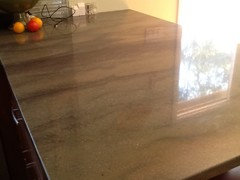
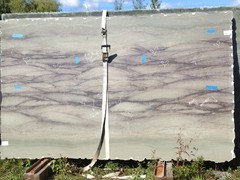
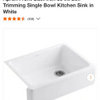




karin_mt